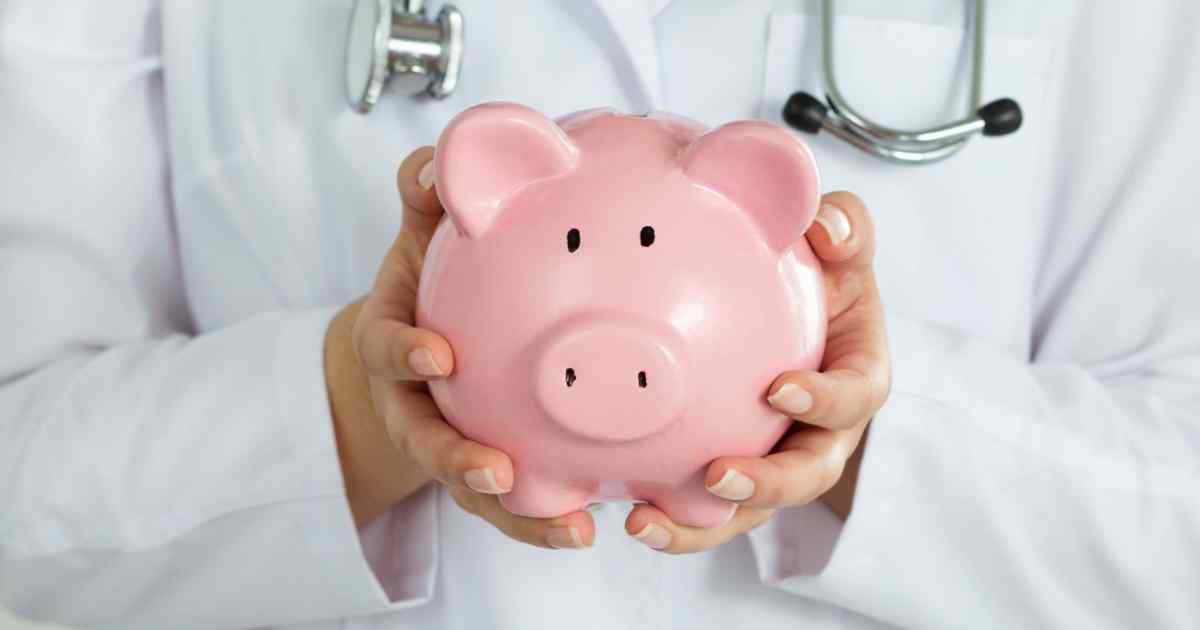Low-income people who have diabetes and don’t have health insurance have trouble affording the cost of their care. Luckily, help is within reach. Start a search today to find the best financial assistance programs for diabetics.
On average, people who have diabetes incur $16,750 in medical expenses per year. People who have diabetes have medical costs that are approximately 2.3 times higher than people who do not suffer from the condition. But help is available.
Low-Income Individuals Are at Risk
In a 2016 study published in the Journal of the American Medical Association, researchers reviewed data from the Swedish National Diabetes Register. More than 217,000 Swedish adults on the register who were diagnosed with type 2 diabetes were studied from 2003 to 2010. During the period of the study, 19,105 of those studied died. Of those who died, 60 percent succumbed to heart disease. Low-income people had a much higher risk of dying during the study period than people who had higher socioeconomic statuses.
There are three primary reasons for a link between a lower socioeconomic status and diabetes.
Many poor people live in food deserts, which are areas without access to healthy foods and grocery stores. In these areas, they may only have access to convenience food sources. These foods are often of poor quality and filled with sugar, carbohydrates, and salt. When people are raised eating these types of foods, they are set up to make unhealthy food choices over their lifetimes.
Poor people may also not have as much health literacy. People educated in poorly performing schools may not receive adequate information about the importance of diet, nutrition, exercise, and healthy eating choices.
Finally, poor people may not have good access to health care. Many are uninsured and can’t afford going to see doctors. Some may go undiagnosed while others may simply be unable to afford the treatment and prescriptions that they need for their diabetes.
Best Options for Diabetics Without Health Coverage
There are some options that are available to poor people diagnosed with type 2 diabetes and who need help with paying for care. Medicaid and Medicare are two governmental health programs that might be available. Health insurance marketplaces are available for people who cannot qualify for Medicaid or Medicare and who do not have access to health insurance from an employer.
Medicaid
Medicaid is a dual state and federal program. Both the federal government and the states contribute money to the Medicaid program, while the states choose how to administer their individual programs. In order to get Medicaid, people must have very low incomes and few assets. Each state determines what Medicaid will pay for.
People who qualify for Medicaid may use it to pay for their doctors’ appointments and prescriptions. It might also help with prosthetic devices and diabetic supplies.
Medicare
Medicare is another option for people who qualify. In order to get Medicare, you must either be age 65 or older or have a disability that prevents you from working. Disabled people must have disabilities that are expected to last at least 12 months and that prevent them from working. Plus, they must first be approved for Social Security Disability Insurance. Once approved for SSDI, they will become eligible for Medicare. Medicare is also available for people who suffer from end-stage renal disease.
There are four different parts to Medicare, including the following:
- Part A: Covers inpatient hospital stays, home health, hospice care, and skilled nursing care with deductibles.
- Part B: Covers visits to health care providers, home health, durable medical equipment, and outpatient care with monthly premiums.
- Part C: Medicare Advantage plans, which are supplemental private plans that come with additional premiums.
- Part D: Medicare plan to pay the costs of prescription drugs.
Medicare Part B covers multiple diabetes services, including diabetes testing, nutrition education, insulin pumps, and diabetes equipment. Medicare Part D covers insulin and other diabetes medications.
Health Insurance Marketplaces
People who do not qualify for Medicaid or Medicare may still be able to get health care coverage through the health care marketplaces. Instituted under the Affordable Care Act, these are available within each state.
The marketplaces offer health insurance plans for people who do not have access to health insurance through their jobs. If the applicants have low incomes, their premiums may be subsidized to make the insurance plans more affordable.
Start Your Search Today
Managing diabetes is difficult for people of all income levels. People who are uninsured and poor may have an especially difficult time managing their diabetes. People diagnosed with type 2 diabetes and who do not have access to health care should further explore their options by searching online.
